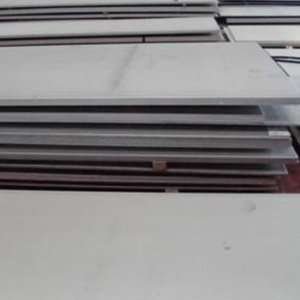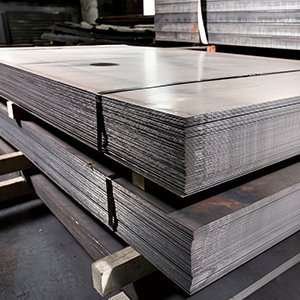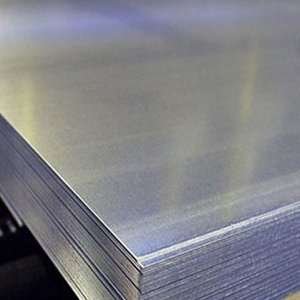Type 316N (UNS S31651)
- High tensile strength and stress-rupture at increased temperature.
- Good ductility – Even though it is nonhardenable, it retains ductility and forms easily.
- Excellent welding characteristics.
- Environment Friendly.
Description
Type 316N stainless steel is nonhardenable austenitic steel with a 0.08% carbon composition. It has higher strength than the conventional type 316, good corrosion resistance to most chemicals, salts, and acids and lasts well in marine environments.
Stainless steel type 316N is developed for primary forming into wrought products. Although it is nonmagnetic annealed, when cold worked, it can become rather magnetic.
It has similar machining properties as types 302 and 304 stainless steel, which means it can be rolled, stamped, and formed with ease.
Common Names:
Stainless steel type 316N is commonly known as Chromium-Nickel steel.
Executive Standards/Grades:
- JIS: G4303
- ASTM: ASTM A240
- DIN: 1.4406
Chemical Properties:
Type 316N stainless steel has the following chemical composition:
- Carbon- 0.08%
- Manganese- 2.00%
- Chromium- 16.0% – 18.0%
- Nickel- 10.0% – 14.0%
- Molybdenum- 2.0% – 3.0%
- Sulphur- 0.03%
- Phosphorus-0.045%
- Silicon- 1.00%
Mechanical Properties:
- Hardness (HRB) – 95 (maximum)
- Elongation (%) – 30
- Yield Strength (Mpa) – 240
- Tensile Strength (Mpa) – 550
- Poisson’s Ratio – 0.27 – 0.30
- Melting range:2550-2630 ⁰ F
Physical Properties:
- Density (1000 Kg/M3) – 8
- Elastic Modulus (Gpa) – 196
- Thermal Conductivity (Btu/ft hr ⁰ F) – 8.8
- Specific Heat (Btu/lb. hr ⁰ F) – 0.11
- Electrical Resistivity – 8.5E – 7Ω·m at 68 ⁰ F (20 ⁰C)
Key Features:
- High corrosion resistance – Provides great resistance to general corrosion and pitting/crevice corrosion
- Resistant to most chemicals, salts, acids
- High tensile strength, creep, and stress-rupture at elevated temperatures
- Provides excellent fabricability and formability
- Maintains clean surfaces
Forms Available:
Stainless steel type 316N is available in different forms such as:
- Sheet
- Seamless
- Coiled
- Bars
- Plate
Applications:
Because of its properties, stainless steel type 316N has a wide range of applications including:
- Chemical and petrochemical processing
- Food processing
- Photographic applications
- Pharmaceutical applications
- Fertilizer industry
- Textile finishing
- Marine applications
- Heat exchangers
- Aircraft industry
- Architectural components
Possible Alternatives Grades:
Type 316N stainless steel has some possible alternatives that can be used. Such as:
- 316Ti – Better resistance to temperatures.
- 317L – Higher resistance to chlorides, but similar resistance to stress and corrosion.
- 904L – Better resistance to chlorides at elevated temperatures, and good formability.
- 225 – Higher strength.
- 316Cb – Moderately low tensile strength, also formulated for primary forming into wrought products.
FAQs:
- What is the difference between type 316 and type 316N stainless steel?
Due to its higher nitrogen content than type 316, stainless steel type 316N provides increased strength, minimizing the effect on ductility and corrosion resistance.
- Is type 316N stainless steel magnetic?
Stainless steel type 316N is a non-magnetic alloy in the annealed condition but becomes slightly magnetic when cold formed.
- How does type 316N behave to welding?
Type 316N stainless steel has excellent weldability. It can be welded by all standard fusion methods. Thermally aged welds show good resistance to pitting corrosion.
Get A Free Quote Now!







